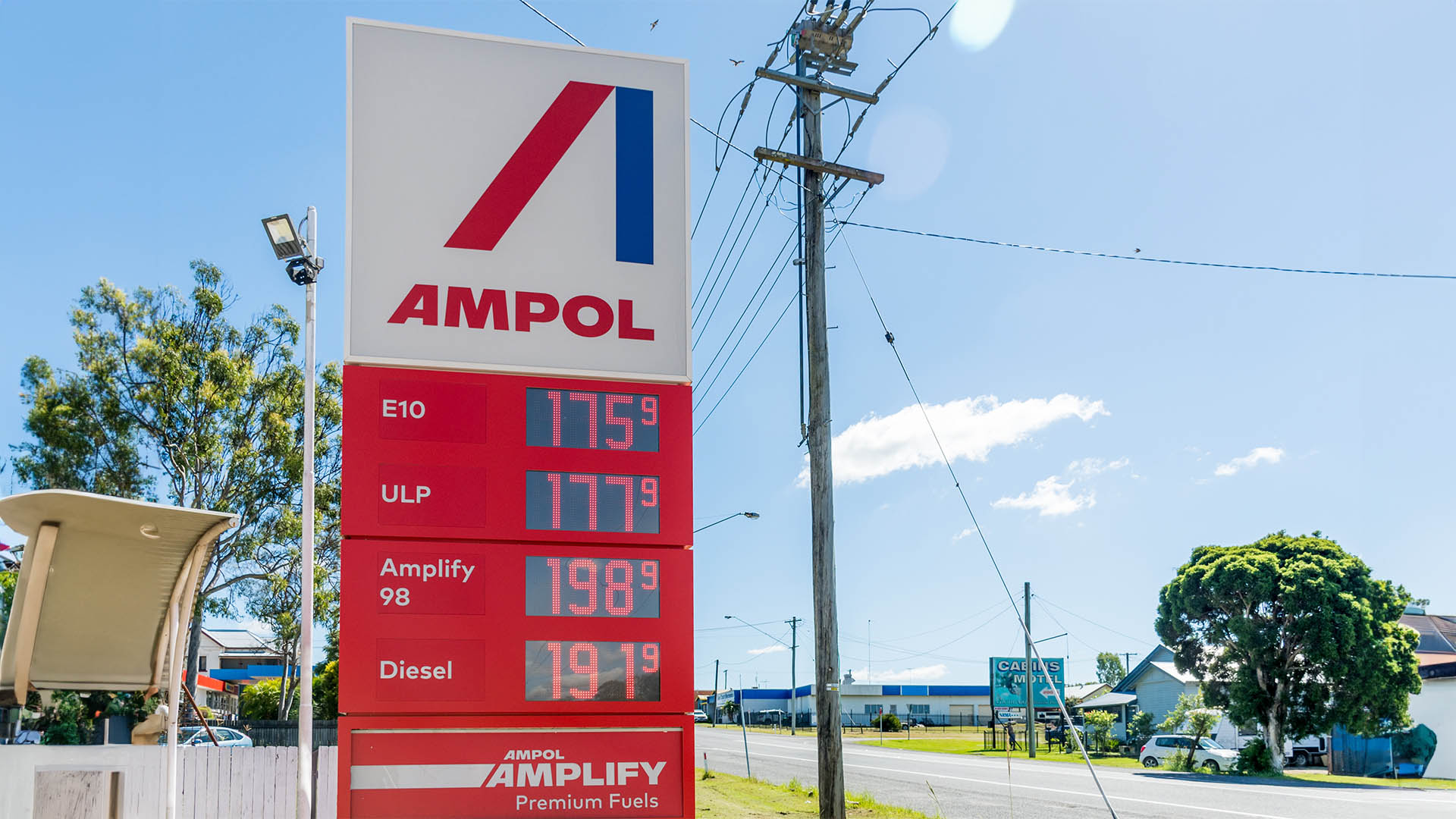The psychologists call it middle child syndrome. The first-born gets the responsibilities and privileges. The youngest is the over-indulged baby. But what about the overlooked child in the middle, with no clear role in the family and an enduring feeling of being left out?
It is something of a leap from family dynamics to the current state of the stock market but bear with me because it’s a useful explanation of what investors have experienced over the past year.
We have tended to see the shift in investment styles last November, after the announcement of Pfizer’s successful vaccine trial, as the flicking of a light switch. And that metaphor does capture the speed of the change in market sentiment, an overnight shift in focus from growth to value, big to small, defensive to cyclical.
But maybe it’s better to think of November 9th as the day the third child arrived. The ‘reflation and re-opening’ trade replaced the ‘stay at home’ narrative, of course. But it also ensured that investors continued to ignore a third group of shares. The forgotten middle child has been the high-quality, resilient, dividend-paying company that doesn’t sit naturally within either of these two narratives – and has therefore been ignored.
The market environment since last spring has been dominated by two opposing stories. And stories are what investors love best. They help to make sense of the world and create a trigger for action. Without powerful narratives, investors would struggle to overcome inertia. Understanding the market’s changing story and reacting to it ahead of other investors is a key part of investment success.
But powerful investment stories are by their nature binary. The stay at home narrative was so narrowly focused on the handful of digital platforms that led the market higher during the initial pandemic and lockdown phase that it left no room for other defensive sectors. Resilient groups of shares like utilities and consumer staples underperformed the wider market thanks to the high weighting in the index of the likes of Amazon, Google and Netflix.
Once the vaccine announcements and almost simultaneous election of Joe Biden changed the dominant story to recovery, reflation and re-opening, the high-quality defensives in the middle were once again passed over by investors.
Although the two stories were almost polar opposites of each other, they both shared one important characteristic – a willingness to take on risk in order to capture high returns. In the case of the tech stocks, that risk was focused on how expensive these shares had become; after November, the risk shifted to the sustainability of earnings growth in anything but the most favourable conditions.
The middle children that missed out on our attention in both periods were what I think of as the buy and forget stocks. The shares that you would be happy to recommend to Aunt Agatha. The Warren Buffett or Terry Smith type stocks that you just know will be grinding out impressive if slightly unexciting earnings growth for decades to come. The Procter & Gambles and Unilevers of this world.
In the first ten months of last year, a bifurcated market saw technology, online retail and communications stocks soar while banks, property and oil shares tumbled. The high-quality defensives muddled along in the middle, not a disaster but well behind the leaders. Since November, energy and finance have bounced back with a vengeance while the previous winners have been carried along, in absolute terms if not relatively, by the market’s overall optimism. Bringing up the rear once again have been the staples, healthcare stocks and utilities that are struggling to get noticed at the dinner table.
And because they’ve been ignored, they’ve been quietly getting more interesting from an investment perspective. My Fidelity colleague reckons the yield on his portfolio is currently 70pc higher than the market as a whole. Usually the income premium is only half as big. The yield on Procter & Gamble, one of the bigger holdings in the portfolio, was in line with the market a couple of years ago. Recently it yielded 40pc more than the typical global share. And that’s not a reflection of concern about the company’s ability to keep paying a dividend to its shareholders. It recently announced a 10pc increase in its distribution. It has increased its dividend every year since 1957 and paid out every year since it floated in the 19th century.
A year into one of the most remarkable market recoveries ever enjoyed by investors is arguably not the time to be taking on more risk. As shares continue to test new highs, the list of things to worry about is long and getting longer. The past year’s prevailing stories are exposed in different ways. A return of inflation and consequent rise in interest rates would hurt the stay at home stocks. So too would more regulatory scrutiny and higher corporate taxes. A more persistent pandemic could easily undermine the recovery narrative.
Don’t get me wrong, the likes of Procter & Gamble and Unilever are not screamingly cheap at the moment. After the market gains of the past year that would be surprising. But the British company trades on 19 times expected earnings, compared with an average over the past five years of 22, and pays a dividend yield of more than 3.5pc. Its American rival usually trades at a 25pc valuation premium to the US market; today it is just 6pc.
The holy grail of investing should not be to buy an OK company at a great price but to buy a great one at an OK price. A year into an extraordinary market rally, that cautious approach looks more sensible than ever. It’s time to pay the middle child some attention.













